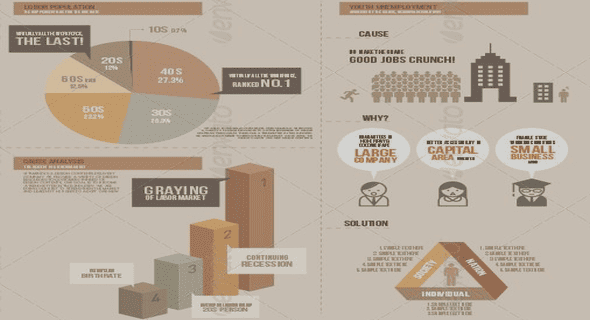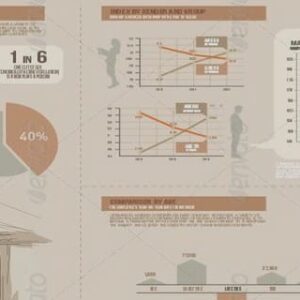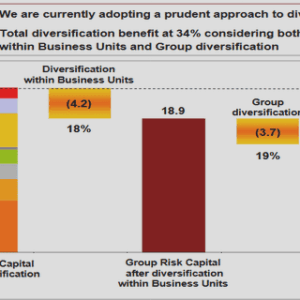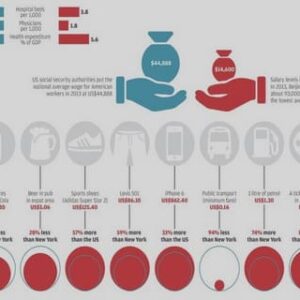(Downloads - 0)
For more info about our services contact : help@bestpfe.com
Table of contents
1 General Introduction
1.1 Cushioning Effect of Immigrant Mobility: Evidence from the Great Recession
1.2 Migration and Post-conflict Reconstruction: The Effect of Returning Refugees on Export Performance in the Former Yugoslavia
1.3 Agglomeration Effects in a Developing Economy: Evidence from Turkey
1.4 Concluding Remarks
2 Introduction Generale
2.1 Effet Amortisseur de la Mobilité des Immigrants
2.2 Migration et Reconstruction Post-conflit : L’Effet du Retour des Réfugiés sur les Exportations en ex-Yougoslavie
2.3 Economies d’Agglomération dans un Economie en Développement : Le Cas de la Turquie
3 The Cushioning Effect of Immigrant Mobility: Evidence from the Great Recession in Spain
3.1 Introduction
3.2 An Equilibrium Model with Heterogeneous Labor Supply, Demand Shock and Wage Rigidities
3.2.1 Set-up
3.2.2 Equilibrium Effect of Migration and Demand
3.3 Spanish Context
3.3.1 The Great Recession
3.3.2 Immigrant Population in Spain
3.3.3 Immigrant vs. Native Mobility
3.4 Data and Summary Statistics
3.4.1 Data
3.4.2 Summary Statistics
3.5 Empirical Strategy
3.5.1 Econometric Equation
3.5.2 Identification
3.6 Main Results
3.6.1 First Stage and Validity of Instruments
3.6.2 Second Stage
3.7 Robustness
3.7.1 Previous-trends
3.7.2 Bartik and Other Controls
3.7.3 Alternative Instruments
3.7.4 Alternative Measures of the Supply Shock
3.7.5 Alternative Weights
3.8 Dynamics of Adjustment
3.9 Heterogeneity Analysis
3.9.1 By Skill Group
3.9.2 By Demographics
3.9.3 EU versus non-EU outflows
3.10 Mechanism
3.10.1 Geographic Mobility of Natives
3.10.2 Margins of the Employment Effects
3.10.3 Margins of the Wage Effects
3.10.4 Margins by Contract Types
3.11 Understanding the Magnitude of the Estimates
3.12 Concluding Remarks
3.13 Appendix
3.13.1 Derivation of the Firm’s Demand Curve
3.13.2 Derivation of Labor Supply
3.13.3 Derivation of Equilibrium Wage and Employment Responses under Flexible Wages
3.13.4 Firms Adjustment During the Crisis
3.13.5 Differences in Unemployment Rates
3.13.6 Reconciling with Cadena and Kovak (2016)
3.13.7 Immigrant Population
3.13.8 Government Measures
3.13.9 Net Immigrant Departures as a Share of Total Working-age Immigrant Population
3.13.10More on Mobility Data
3.13.11Construction of the instrument
3.13.12 Instrument Validity
3.13.13Construction of Bartik control
3.13.14Immigrant and Native Outflows
3.13.15Maps
3.13.16Differentiating Between Boom and Bust
3.13.17Part-time Employment
4 Migration and Post-conflict Reconstruction: The Effect of Eeturning Refugees on Export Performance in the Former Yugoslavia
4.1 Introduction
4.2 Historical Context
4.3 Labor Market Conditions and Mobility of Refugees
4.4 End of the War and Deportation
4.5 Data and Sample
4.6 Natural Experiment: Yugoslavian Refugees
4.6.1 Empirical Strategy
4.6.2 Summary Statistics
4.7 Results
4.7.1 Pre-trend and Event-study Estimation
4.7.2 Robustness and Heterogenous Effects
4.8 Mechanisms: Heterogeneous Effects by Workers’ Characteristics
4.9 Concluding Remarks
4.10 Appendix
4.10.1 Anecdotal Evidence: Four Individual Stories
4.10.2 Details on Employment Data, Sample Construction and Variable Description
4.10.3 Zeroes in the Data
4.10.4 Including Exports to Germany
4.10.5 Additional Controls
4.10.6 Further Tests on the Exogeneity of Exit From the Labor Force
4.10.7 Robustness: German WZ 93 3-digit Industries
4.10.8 Other Robustness Checks
4.10.9 Excluding Slovenia and Macedonia from the Sample
4.10.10Occupations by Characteristics
4.10.11Estimations Using Treatments by Educational Attainment and Occupations Characteristics
4.10.12Expanding to All Countries: External Validation
5 Agglomeration Effects in a Developing Economy: Evidence from Turkey
5.1 Introduction
5.2 Literature Review
5.2.1 Agglomeration Economies
5.2.2 Magnitudes for the Effect of Density on Workers’ Productivity
5.2.3 Evidence from Developing Countries
5.3 The Turkish Context
5.4 Literature on Regional Differences
5.5 Data and Sample
5.5.1 Social Security Data
5.5.2 Household Labor Force Survey
5.5.3 Historical Data
5.5.4 Controls
5.5.5 Sample
5.6 Empirical Strategy
5.6.1 Econometric Equation
5.6.2 Estimation Issues
5.6.3 Estimation Issue 1: Omitted Variables
5.6.4 Estimation Issue 2: Circular Causality
5.6.5 Estimation Issue 3: Accounting for Local Shocks
5.6.6 Estimation Issue 4: Sorting by Ability
5.7 Main Results
5.7.1 Density
5.7.2 Omitted Variable Bias
5.7.3 Reverse Causality
5.7.4 Sorting By Ability
5.8 Multivariate Approach: A Unified Framework
5.9 Infrastructure and Other Amenities
5.10 Concluding Remarks
5.11 Appendix
5.11.1 Summary Statistics
5.11.2 Yearly OLS results
5.11.3 One-step results
5.11.4 Individual Analysis
5.11.5 Informal Employment
5.11.6 First Stage of Multivariate Regression
5.11.7 Additional Results: Infrastructure and Amenities



